Shackles for Lifting & Rigging - Types, Uses, and Safety Guidelines
Discover durable and reliable shackles for all your lifting, hoisting, and rigging needs.
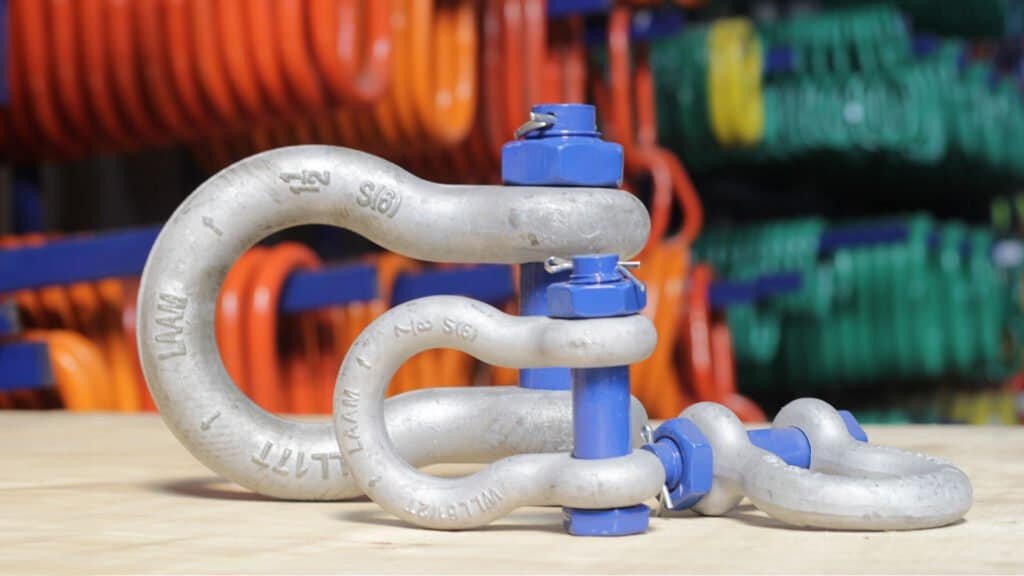
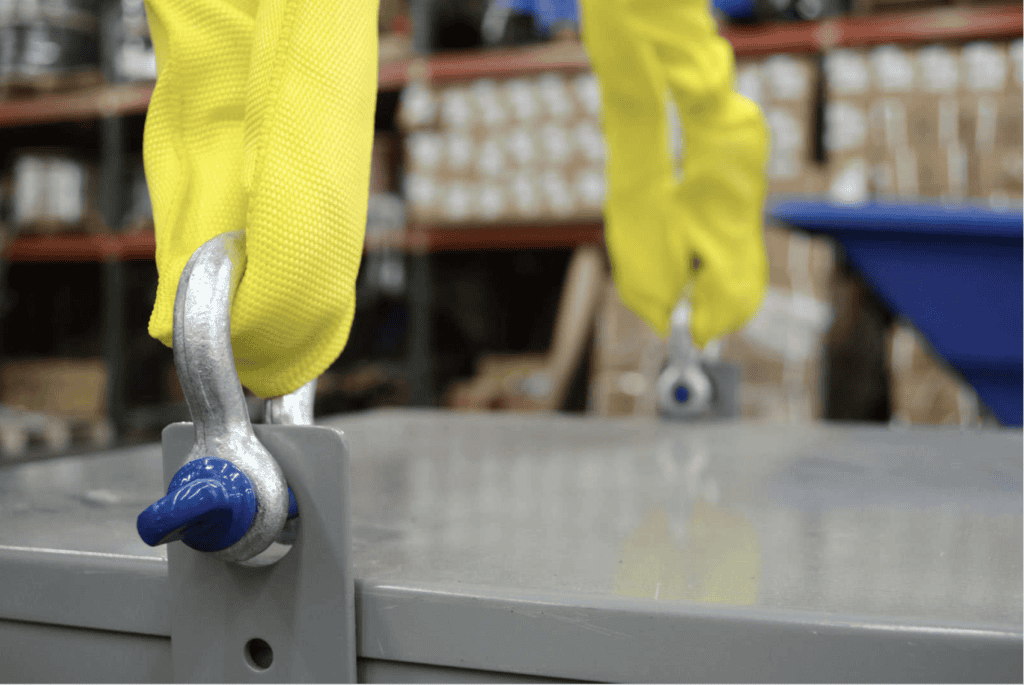
What is a shackle?
A shackle is a versatile connector commonly used in lifting, hoisting, and securing operations to safely link lifting equipment to loads. It consists of a U-shaped body and a removable pin, enabling quick and reliable attachment or detachment of various lifting components, such as chains, slings, or wire ropes.
Shackles are widely employed in industries like construction, marine operations, logistics, and heavy industries due to their simple structure, high load capacity, and ease of use.
Types of Shackles
Shackles come in various types, each designed for specific applications in lifting, rigging, and securing loads.
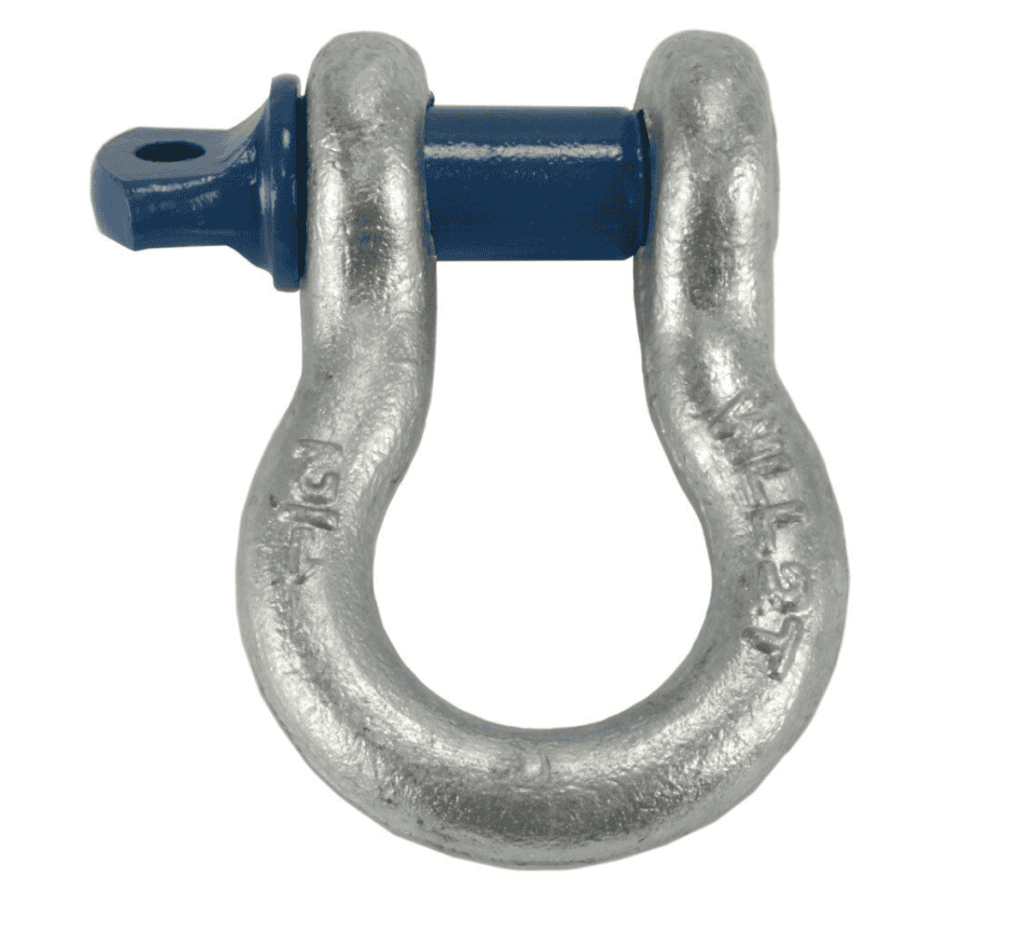
Bow Shackles
Bow shackles, also known as anchor shackles, have a wide, rounded shape that allows for multiple connections to fit into the shackle.
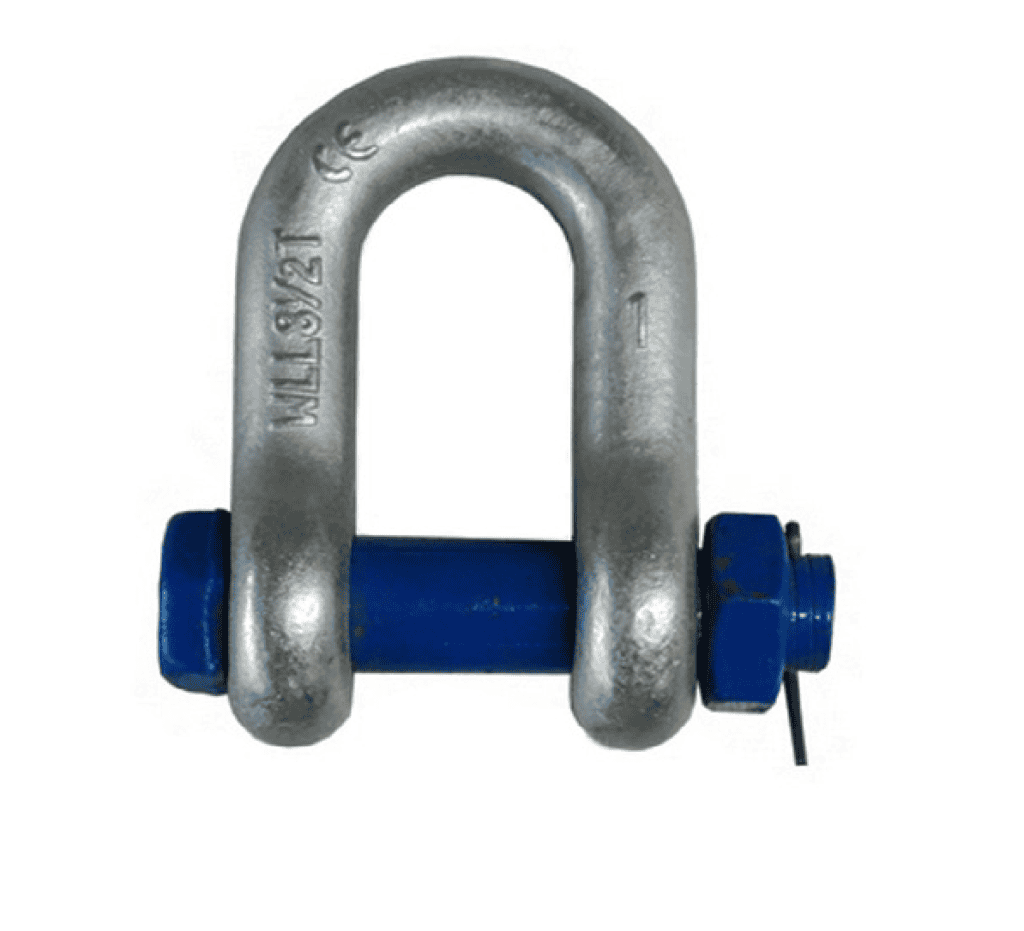
D shackles
D shackles, or chain shackles, have a narrower, D-shaped design that is better suited for straight-line loads.
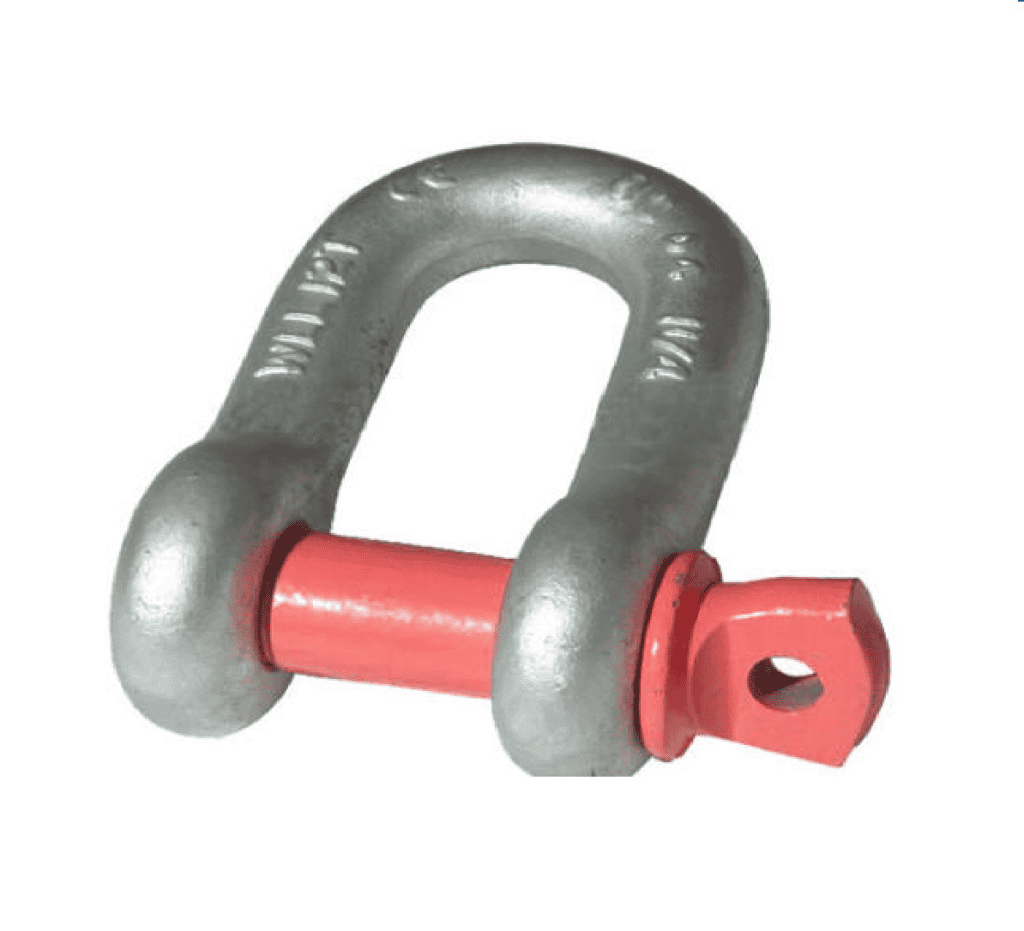
Screw Pin Shackles
These shackles feature a screw-in pin that allows for easy and quick attachment and detachment.
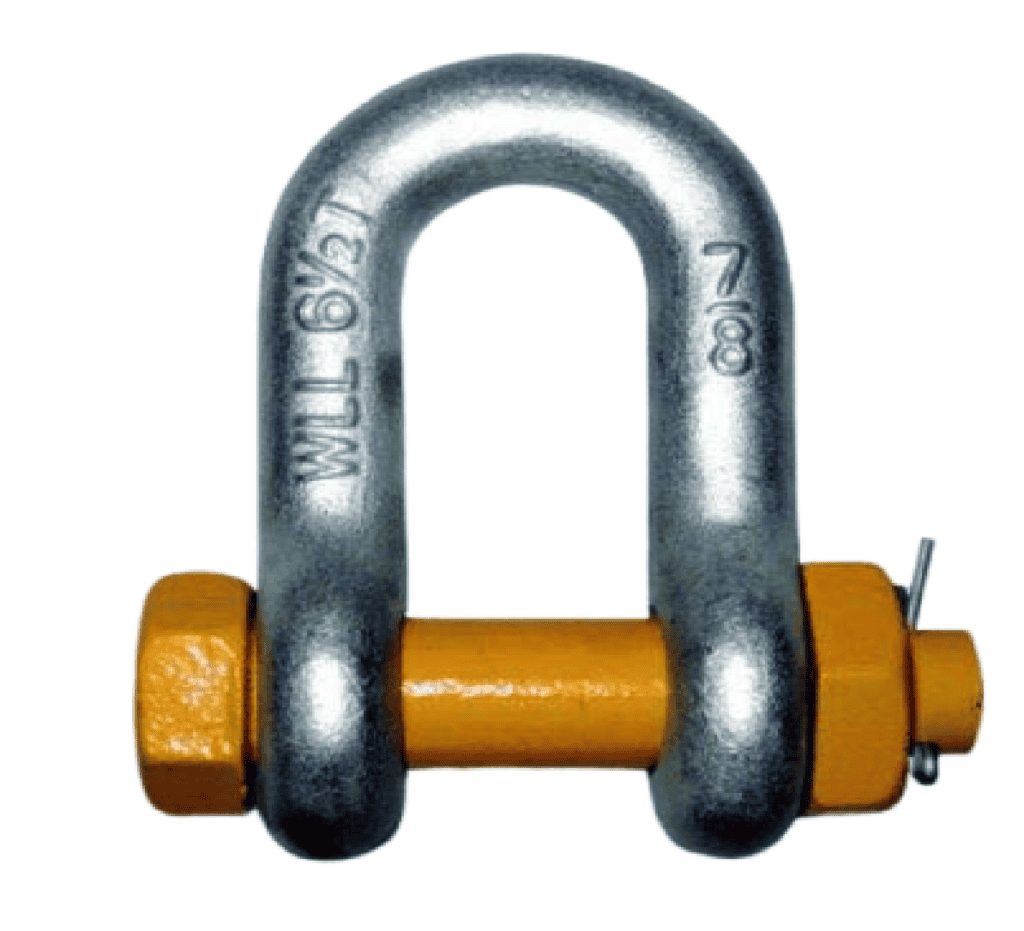
Safety Pin Shackles
Safety pin shackles come with a cotter pin in addition to the main pin, providing extra security against accidental loosening.
Application of shackles
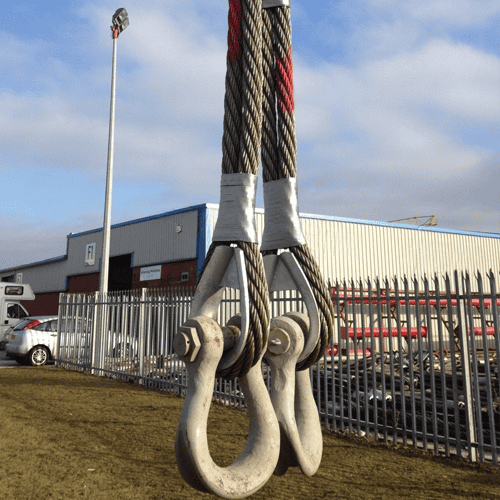
Lifting and Hoisting
Shackles are widely used in lifting and hoisting operations to securely connect lifting slings, chains, or wire ropes to loads or cranes.

In Marine Application
In marine environments, shackles are indispensable for securing ropes, chains, and anchors. Corrosion-resistant materials, like stainless steel or galvanized steel, are commonly used.
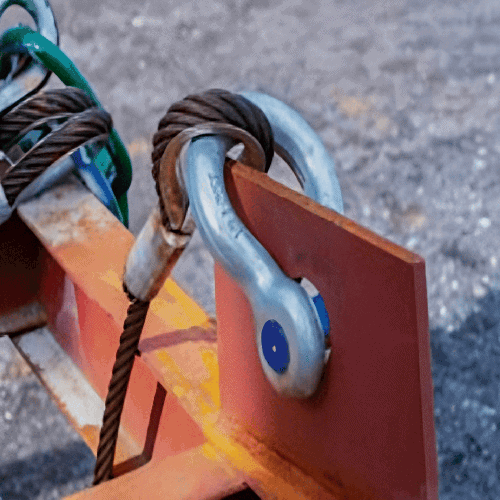
Construction and Engineering
Shackles play a critical role in construction and engineering projects by facilitating the safe handling of heavy materials and equipment.
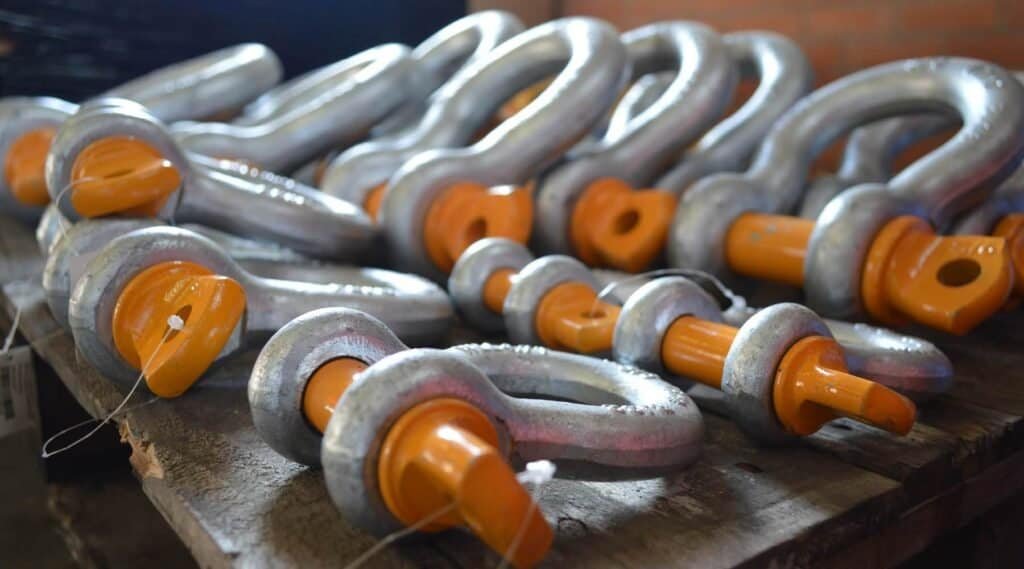
How to use the shackle correctly?
Step One
Before using a shackle, always check the marking information to ensure the Working Load Limit (WLL) is sufficient for the weight of the load it will connect.
Step Two
Ensure Proper Connection– The shackle should be connected to the load or lifting equipment in the correct manner.
Step Three
Ensure the Shackle Pin is Secure-The pin of the shackle is a crucial part that prevents the load from detaching. Ensure the pin is securely fixed during use.
Step Four
Avoid Over-Bending or Side Pulling-During lifting, the shackle should avoid excessive bending or side loads.
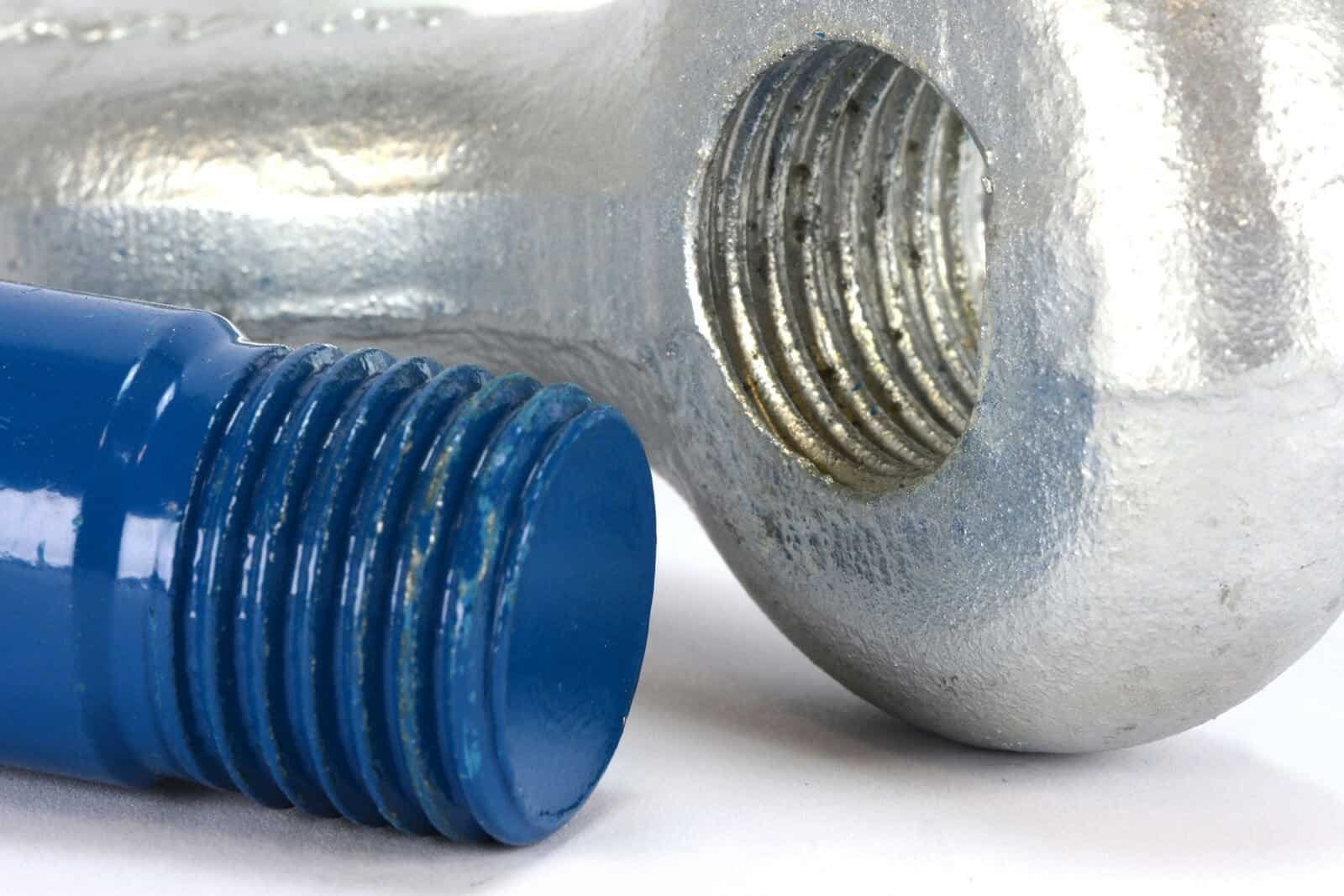
Frequently Asked Questions.
Consider the following factors:
- Working Load Limit (WLL): Ensure the shackle’s WLL meets or exceeds the load requirements.
- Type: Choose based on load direction (straight or multi-angle).
- Material: Match the material to the environment (e.g., stainless steel for corrosive settings).
- Size: Ensure compatibility with ropes, chains, or slings.
o eiusmod tempor incididunt ut labore et dolore magna aliqua. Ut enim ad minim veniam, quis nostrud exercitation ullamco.
The WLL is typically stamped or engraved on the shackle body, measured in tons (e.g., “WLL 2T” for a 2-ton working load limit). Always verify the marking before use.
- Bow Shackle: Features a rounded “O” shape, allowing it to handle multiple connections or angular loads.
- D Shackle: Has a narrow “D” shape, making it ideal for straight-line loads and tighter spaces.
Shackles are primarily designed for straight-line loads. Side loading can significantly reduce the WLL and may cause the shackle to fail. Use caution and consult the manufacturer’s guidelines for side loading.
Yes, shackles can be reused if they are in good condition. Always inspect them for damage or wear before reusing.
Stop operations immediately and secure the pin. For applications prone to vibration, use safety pin shackles or lock the pin with a cotter pin to prevent loosening.
Yes, but the operating temperature range depends on the material.
Steel Shackles: Typically safe between -20°C and 200°C.
- Exceeding the WLL.
- Using the wrong type of shackle for the application.
- Applying side loads.
- Using damaged or corroded shackles.
- Failing to secure the pin properly.
Choose the Right Shackle for your Job
From lifting to marine and construction uses, find high-quality shackles that meet your needs and exceed industry standards.
